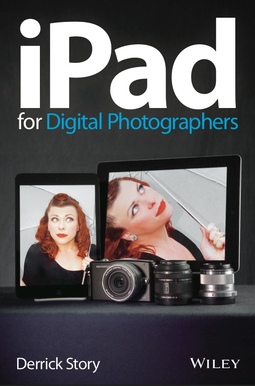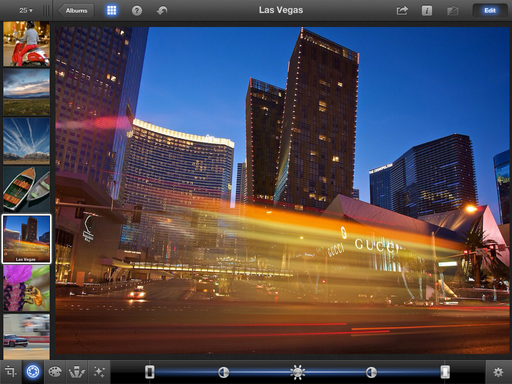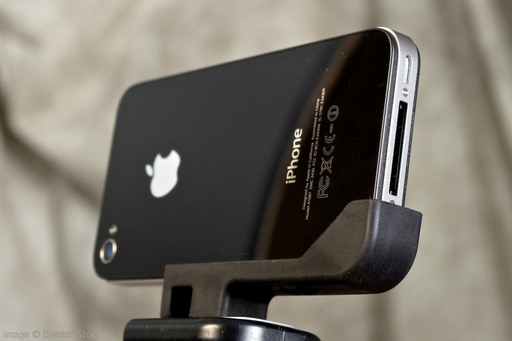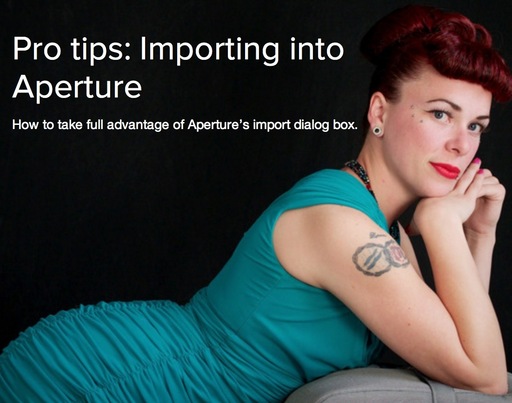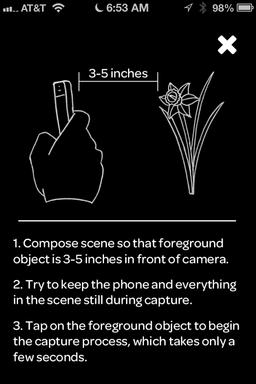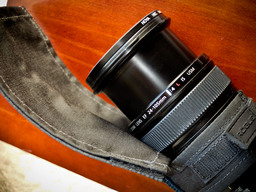Photographers: Do you really want to lug your computer everywhere? My camera bag has become so much lighter since I started carrying an iPad when I travel. And yes, you can organize, edit, and share your pictures, just as easily, if not easier, than before.
In my new book, iPad for Digital Photographers ($13.45),I explain the workflows I've developed to upload, organize, edit, and share images while working virtually anywhere in the world.
Using inexpensive, but powerful software on the iPad, plus the latest in wireless technology and cloud services, you can create and publish beautiful images. And it doesn't stop there. I explain how to run your entire photography business using the iPad.
And yes, you can integrate all of these accomplishments with your Mac or Windows computer. Nothing will ever get lost or out of place. You'll have a workflow that streams from camera to iPad to your computer back home.
Sound too good to be true? It isn't. The tools are here now.
iPad for Digital Photographers is available as a paperback book or Kindle Edition from Amazon, or in the iBooks Bookstore for the iPad.
Get more out of your iPad than you ever imagined possible.
Want to Comment on this Post?
You can share your thoughts at the TDS Facebook page, where I'll post this story for discussion.
